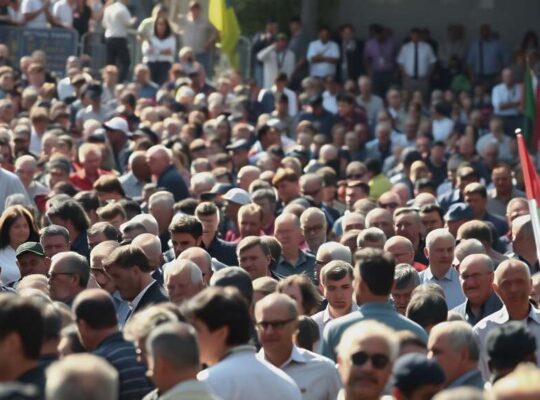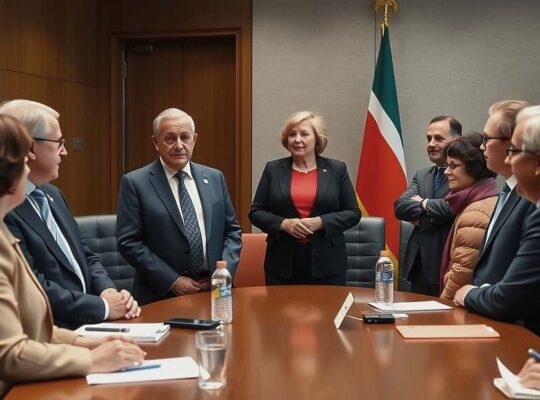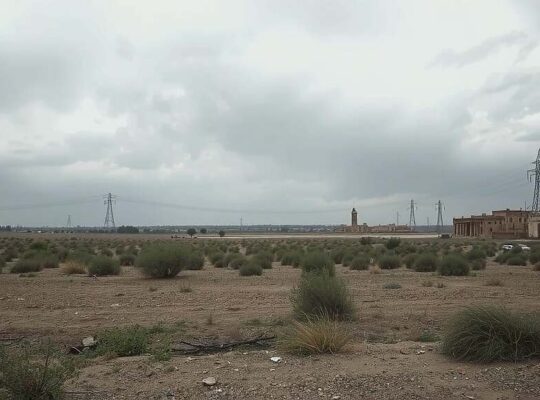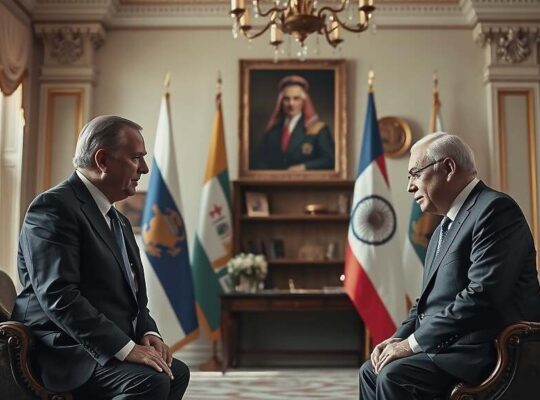Following a series of late-night telephone calls with European leaders, Ukrainian President Volodymyr Zelenskyy briefed his counterparts on a recent meeting with former U.S. President Donald Trump. German government spokesman Stefan Kornelius confirmed the conversations, highlighting a concerted effort to project a unified front while subtly raising questions about the evolving dynamics of transatlantic and European policy toward the ongoing conflict in Ukraine.
The reported “constructive” meeting between Zelenskyy and Trump, details of which remain largely undisclosed, has triggered cautious optimism amongst European capitals. While officials publicly welcomed the perceived strengthening of transatlantic cooperation, the discreet nature of the discussions has fueled speculation about potential shifts in the former president’s approach to the crisis and the implications for European strategy.
German Chancellor Friedrich Merz emphasized unwavering support for Ukraine’s pursuit of peace, stating the nation has the “full support of Germany and European friends”. However, Merz’s call for a “peace plan” – seemingly directed at both Ukraine and its allies – underscores a growing sentiment within European leadership circles regarding the need to define a clearer endgame.
The commitment to intensify pressure on Russia through the implementation of the 19th EU sanctions package and the potential leveraging of immobilized Russian assets suggests a renewed, albeit potentially fraught, attempt to force Moscow towards serious negotiations. However, the viability of this approach remains uncertain, particularly given the complex interplay of internal political pressures within Europe and the potential for further escalation.
Critically, the reliance on a former U.S. president, even in a briefing capacity, to facilitate discussions and potentially shape future peace efforts, reveals a subtle undercurrent of frustration within European leadership regarding the current political climate in Washington. The lack of explicit detail regarding Trump’s specific proposals raises concerns about the potential for unpredictable developments and the challenges of maintaining a cohesive, sustainable strategy based in part on a figure whose past statements on Ukraine have been contradictory. The timing of this sequence of events, coinciding with ongoing debates about future financial aid packages to Ukraine, further complicates the picture, prompting questions about the underlying motivations driving the push for a formal peace plan and the degree to which it reflects a genuine desire for resolution or a pragmatic assessment of geopolitical realities.












